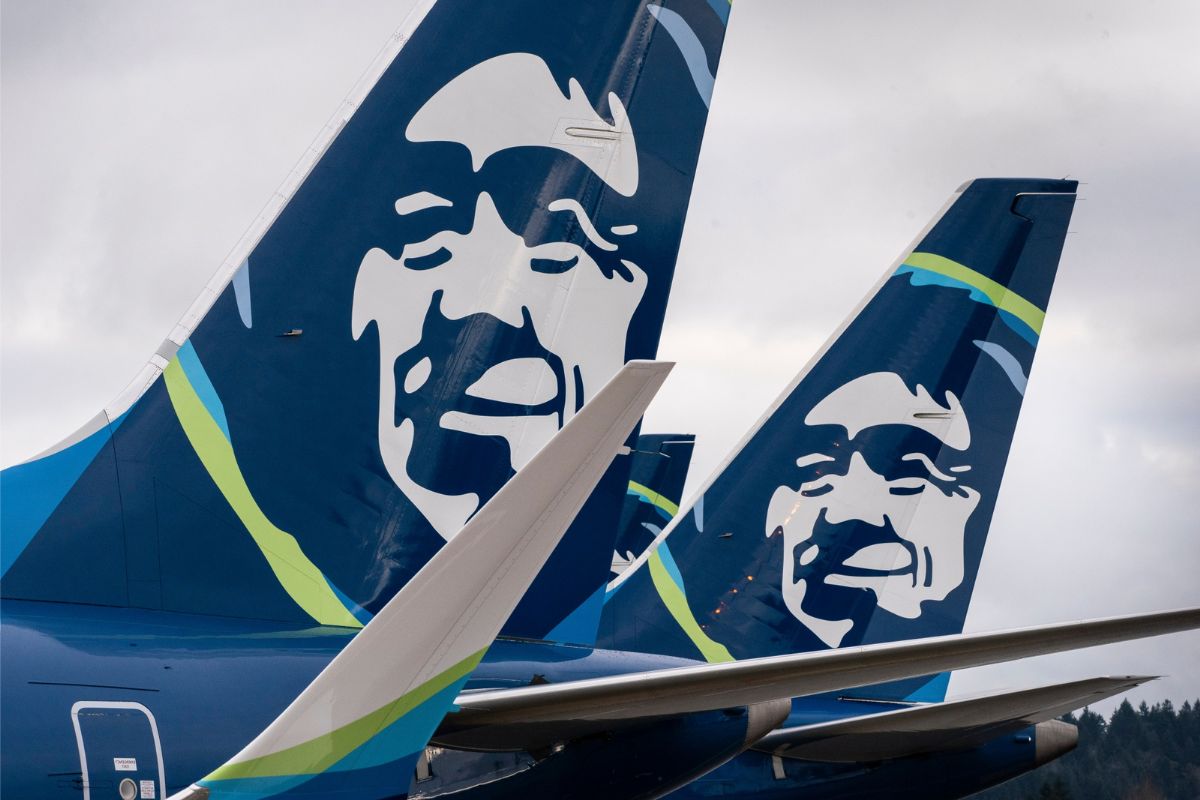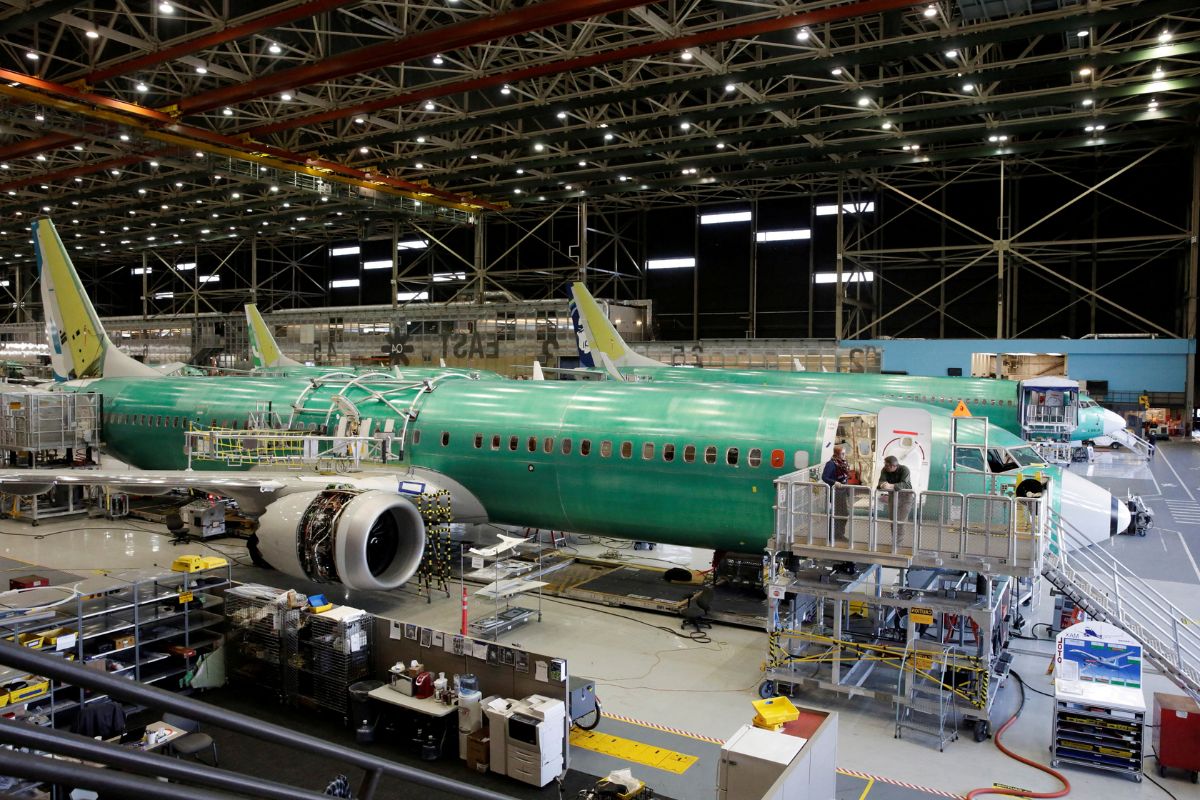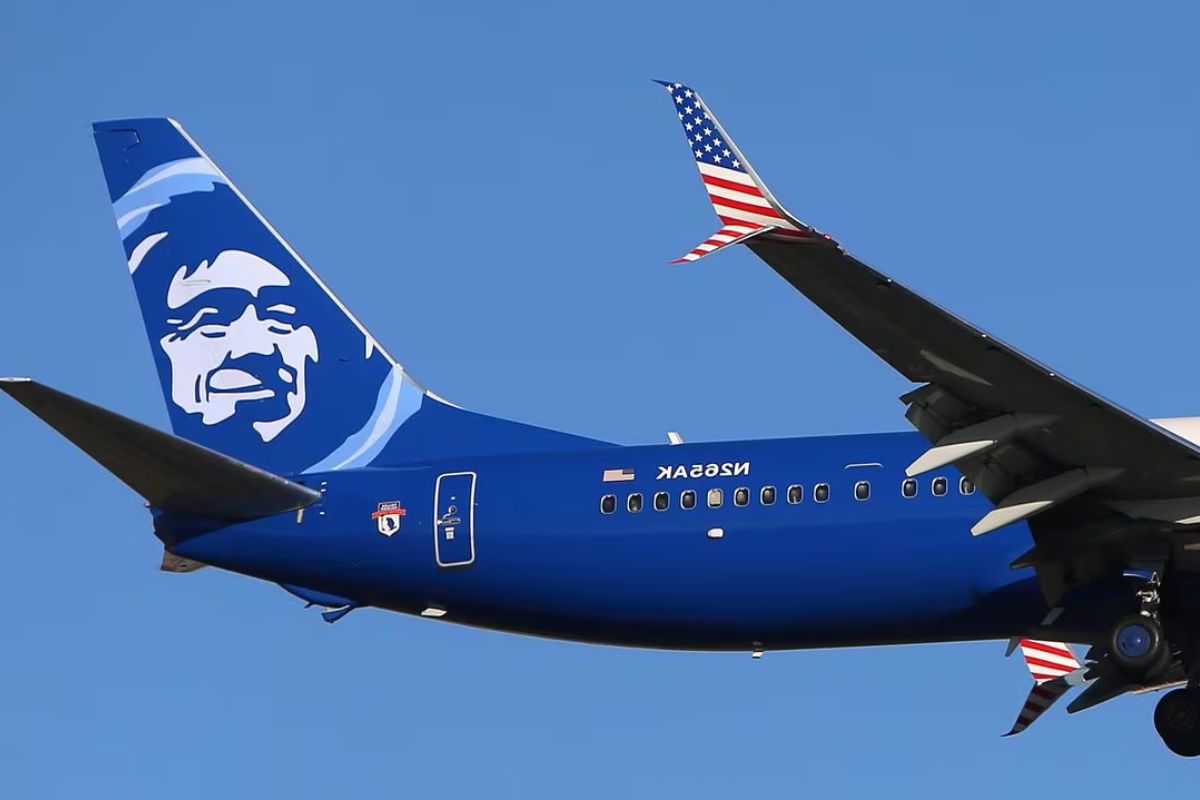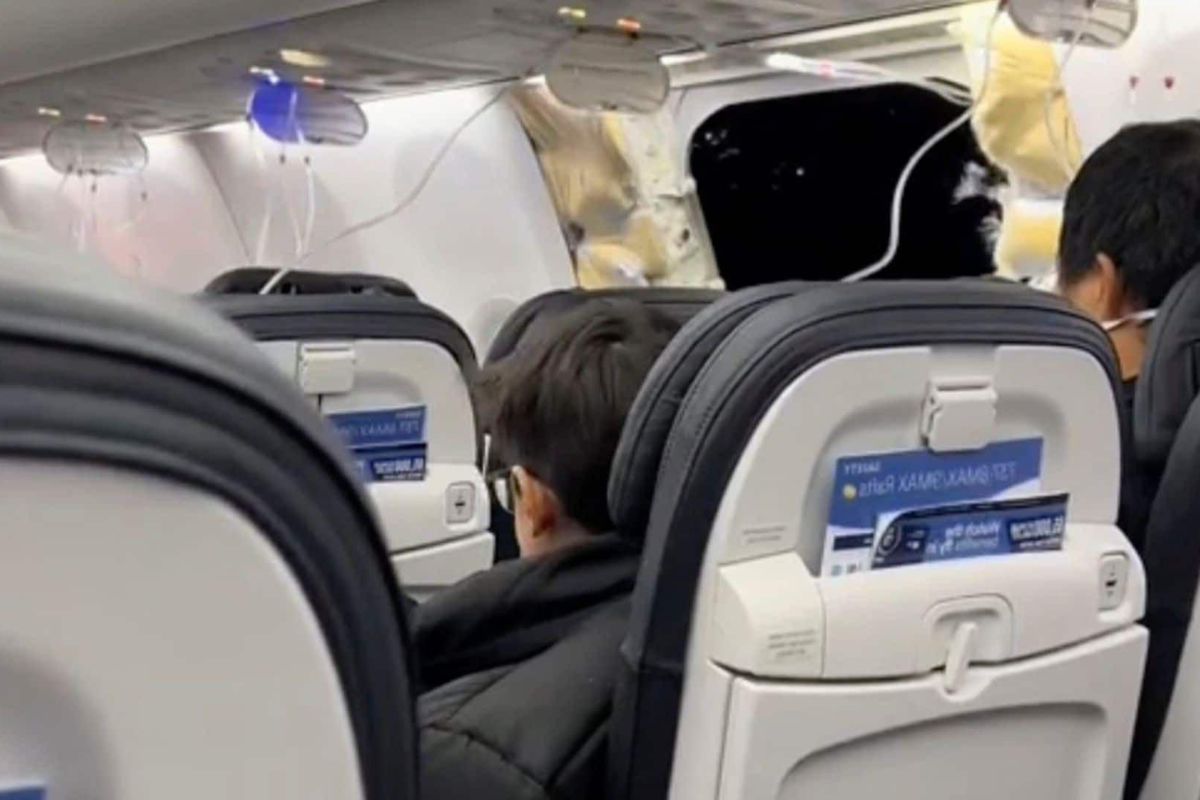Alaska Air Forecasts, a prominent player in the aviation industry, is bracing for a significant blow to its profitability as it anticipates a staggering $150 million hit due to the grounding of Boeing’s MAX 9 aircraft.
This unexpected setback has sent shockwaves throughout the industry, prompting concerns about the broader implications of the Federal Aviation Administration’s intervention and the subsequent impact on airlines’ capacity growth.
With potential delivery delays looming, skepticism looms large, leaving room for deeper analysis of Alaska Air’s earnings outlook and projections for the foreseeable future.
As frustrations mount and questions arise about Boeing’s role in this debacle, industry stakeholders anxiously await the company’s strategies and actions to mitigate the fallout.
The implications of Alaska Air’s forecasted profit hit extend far beyond their balance sheet, making it impossible to ignore the ripple effects that this crisis will have on the entire aviation landscape.
Key Takeaways
- The grounding of the MAX 9 jets is expected to result in a significant profit reduction of $150 million for Alaska Air in 2024.
- The disruption to Alaska Air’s long-term growth strategy and the potential loss of revenue from rebooking customers and leasing replacement aircraft are major challenges.
- The uncertainty surrounding aircraft availability due to delivery delays and the competitive pressures from other airlines not experiencing delays are additional concerns.
- There is a need for robust regulatory oversight and safety measures to restore public trust, and Boeing must address concerns and regain the industry’s confidence to avoid long-term consequences.
Financial Impact on Alaska Air Group: $150 Million Profit Reduction in 2024
The grounding of the Boeing 737 MAX 9 has cast a daunting shadow over Alaska Air Group’s financial outlook, with a projected profit reduction of $150 million in 2024. This significant decline in profitability is a direct consequence of the ongoing grounding of the MAX 9 aircraft, which has hindered Alaska Air Group’s ability to operate and generate revenue.
Also Read: Alaska Airlines Incident Sparks Safety Concerns Over Cockpit Recordings
The MAX 9 was a key component of the company’s growth strategy, and the unexpected grounding has disrupted their long-term plans. The financial impact includes not only the loss of potential revenue from grounded aircraft, but also the costs associated with rebooking customers, leasing replacement aircraft, and maintaining the grounded fleet.
The financial burden is further exacerbated by the uncertainty surrounding the duration of the grounding, as Alaska Air Group is unable to plan effectively for the future. This profit reduction highlights the vulnerability of airlines to unforeseen events and the importance of diversifying their fleet to mitigate risks.
Grounding and Regulatory Response: FAA’s Intervention and Industry-wide Impact
The grounding of the Boeing 737 MAX 9 not only inflicted a significant financial blow on Alaska Air Group but also triggered a regulatory intervention by the FAA that sent shockwaves through the entire airline industry.
The emergency landing incident that led to the grounding decision highlighted the potential safety risks associated with the aircraft model, resulting in over 170 MAX 9 jets being taken out of service.
The FAA’s intervention was a necessary step to ensure passenger safety and restore public trust in the aviation industry.
However, the impact on airlines operating the MAX 9 has been profound. Carriers have had to cancel flights, rearrange schedules, and bear the costs of grounding their fleets, which has led to significant financial losses.
The industry-wide impact of the grounding has underscored the need for robust regulatory oversight and stringent safety measures to protect both passengers and airlines.
Challenges to Capacity Growth: Skepticism Amid Potential Delivery Delays
Amid concerns of potential delivery delays, Alaska Air Group faces skepticism regarding its ability to achieve its 3% to 5% capacity growth target for the year. The following factors contribute to the doubts surrounding the airline’s capacity growth:
- Uncertain aircraft availability: Delays in the delivery of Boeing 737 MAX 9 planes, due to the grounding and regulatory response, could hinder Alaska Air Group’s expansion plans. The uncertain timeline for the aircraft’s return to service adds to the skepticism.
- Competitive pressures: Other airlines in the industry are not experiencing the same delivery delays, giving them a potential advantage in terms of capacity growth. This puts Alaska Air Group at a disadvantage and raises questions about its ability to keep pace with market demand.
- Financial implications: The potential profit hit of $150 million due to the MAX 9 groundings further compounds the challenges faced by Alaska Air Group. This financial setback may limit the airline’s ability to invest in additional capacity and achieve its growth targets.
Alaska Air Group’s projected adjusted earnings per share for 2024, ranging between $3 and $5, present a crucial financial outlook for the company amidst challenges in the aviation industry.
With the ongoing grounding of the Boeing 737 MAX 9 aircraft and potential delivery delays, Alaska Air Group faces significant hurdles in achieving its earnings targets.
The projected range of $3 to $5 per share highlights the uncertainty surrounding the company’s future profitability. Analysts and investors will closely monitor Alaska Air’s ability to navigate these challenges and deliver on its earnings projections.
The aviation industry is highly competitive, and any setbacks can have a profound impact on the company’s financial performance. It is imperative for Alaska Air Group to proactively address these challenges and implement effective strategies to drive growth and profitability in the years ahead.
CEO Frustration and Industry Concerns: Boeing’s Role and Future Strategies
Expressing frustration and dissatisfaction, CEOs of major airlines have raised concerns about Boeing’s role and future strategies amidst the ongoing grounding of the Boeing 737 MAX 9 aircraft. The following points highlight the industry’s concerns:
- Lack of Transparency: Airlines are frustrated with Boeing’s lack of transparency regarding the MAX 9 grounding and the timeline for its return to service. This has led to uncertainty and disrupted operations, causing financial losses for airlines.
- Safety and Trust: The grounding of the MAX 9 raises questions about Boeing’s commitment to safety and its ability to deliver reliable and trustworthy aircraft. This has shaken the industry’s trust in Boeing and may impact future purchasing decisions.
- Competitive Disadvantage: With MAX 9 aircraft out of service, airlines are at a competitive disadvantage against rivals who operate other aircraft models. This puts pressure on Boeing to resolve the issues quickly and regain the industry’s confidence.
Boeing must address these concerns and develop a clear strategy to regain trust, ensure safety, and deliver reliable aircraft in the future. Failure to do so may have long-term consequences for the company’s position in the industry.
Conclusion Of Alaska Air Forecasts
The grounding of the Boeing 737 MAX 9 aircraft has had a significant financial impact on Alaska Air Group. This setback raises concerns about the future of capacity growth, as potential delivery delays and regulatory interventions limit the airline industry’s ability to expand.
The grounding has resulted in a projected $150 million reduction in profits for 2024. This financial hit is a cause for concern, as it impacts Alaska Air Group’s ability to meet its financial goals and invest in future growth opportunities.
The frustration with Boeing’s role in this crisis and the overall industry concern further highlight the need for future strategies to address these challenges and ensure the industry’s stability. It is crucial for airlines to explore alternative aircraft options, strengthen relationships with regulatory bodies, and enhance safety measures to regain passenger trust and confidence.
Our Reader’s Queries
Q1 Does Alaska Airlines fly around the world?
A Alaska Airlines, headquartered in the Seattle metropolitan area, Washington, is a prominent U.S. airline. As of 2021, it operates an extensive network, providing over 1,200 flights to over 115 destinations across the United States, Canada, Mexico, Costa Rica, and Belize. These services are offered under the Alaska Airlines and Horizon Air brands.
Q2 Does Alaska Airlines fly to Ireland?
A Travelocity takes pride in providing competitive prices for both one-way and round-trip flights with Alaska Airlines to numerous sought-after destinations in Ireland. For budget-conscious travelers seeking affordable airfare, our flexible booking calendar is a valuable tool to identify the most cost-effective day to schedule your Alaska Airlines flight within your preferred timeframe.
Q3 What plane does Alaska Airlines fly?
A Alaska Air Group operates a functional fleet consisting of 231 Boeing 737 aircraft, boasting an average age of 9.7 years. Additionally, the fleet includes 83 Embraer 175 aircraft, with an average age of 5 years.




